2019, CINCINNATI, OH, UNITED STATES
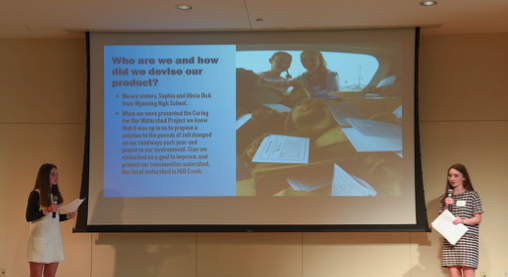
Every year 66 million tons of salt are used worldwide to melt ice off of roadways for human use. This salt is contaminating waterways, groundwater, harming animals and aquatic life, and causing stress on flora and fauna. Thus, Sophia and Olivia Dick embarked on a journey to turn to find natural ingredients that would have the same effects as road salt, only with less impact on the environment.
The mixture that they came up with only contains alfalfa meal and used coffee grounds, which naturally lowers the freezing point off water while simultaneously providing traction just like salt. When winter is over, the mixture acts as a natural fertilizer for plants and grass as well. Sophia and Olivia were able to involve their community in creating their ice melt alternative, purchasing their alfalfa meal from a local feed shop and receiving coffee grounds for free from their local coffee shop.
To use their concoction, snow should be cleared off first before dispensing the melt using a kitchen strainer or cup. Sophia and Olivia set up booths throughout their community where they gave out bags of their natural ice melt for free. They made it clear that they intend their project to be used residentially, and if it goes well to potentially be used within their city’s roadways. To encourage their community to make their own ice melt when the original bag runs out, the “recipe” was attached – 3 parts alfalfa for every 2 parts of coffee grounds.

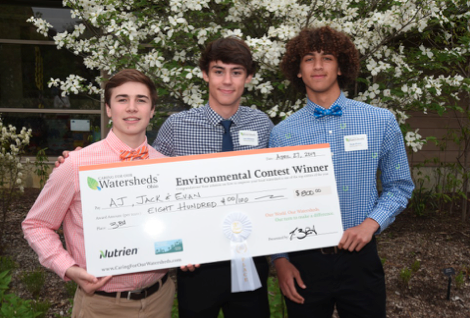
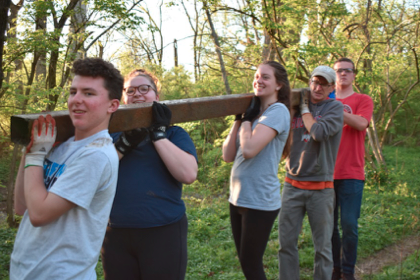

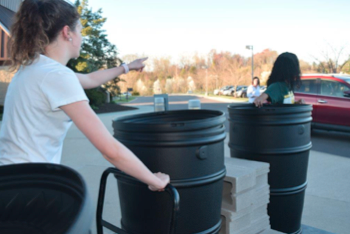
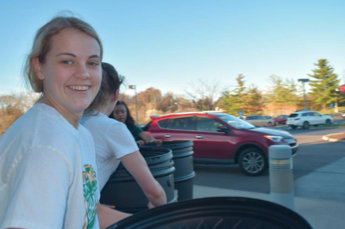
 2019, Pilot Mound, Manitoba, Canada
2019, Pilot Mound, Manitoba, Canada In speaking with the school’s custodian, they were able to see where drainage water flowed, accumulated, and moved across the school property. They realized that this runoff water could be picking up contaminants and sending them into local waterways and could also be contributing to flooding issues in their area. They approached their local conservation district (CD), the Pembina Valley CD, to discuss ways to mitigate these issues. Together, they came up with the idea of rain gardens along the natural swale running through the school yard to filter runoff, increase water infiltration, and reduce pollutants entering nearby waterways.
In speaking with the school’s custodian, they were able to see where drainage water flowed, accumulated, and moved across the school property. They realized that this runoff water could be picking up contaminants and sending them into local waterways and could also be contributing to flooding issues in their area. They approached their local conservation district (CD), the Pembina Valley CD, to discuss ways to mitigate these issues. Together, they came up with the idea of rain gardens along the natural swale running through the school yard to filter runoff, increase water infiltration, and reduce pollutants entering nearby waterways. 2019, Beausejour, Manitoba, Canada
2019, Beausejour, Manitoba, Canada
 2019, The Pas, Manitoba, Canada
2019, The Pas, Manitoba, Canada 2019, Winnipeg, Manitoba, Canada
2019, Winnipeg, Manitoba, Canada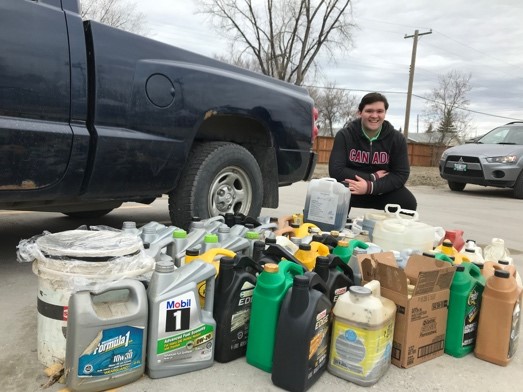 He partnered with his local Great Canadian Oil Change to put on an event so that people could bring in their used oil and other household products for proper and environmentally safe disposal. He was able to educate community members about disposing of these products any time at drop-off sites such as the Great Canadian Oil Change that he hosted his event at.
He partnered with his local Great Canadian Oil Change to put on an event so that people could bring in their used oil and other household products for proper and environmentally safe disposal. He was able to educate community members about disposing of these products any time at drop-off sites such as the Great Canadian Oil Change that he hosted his event at.
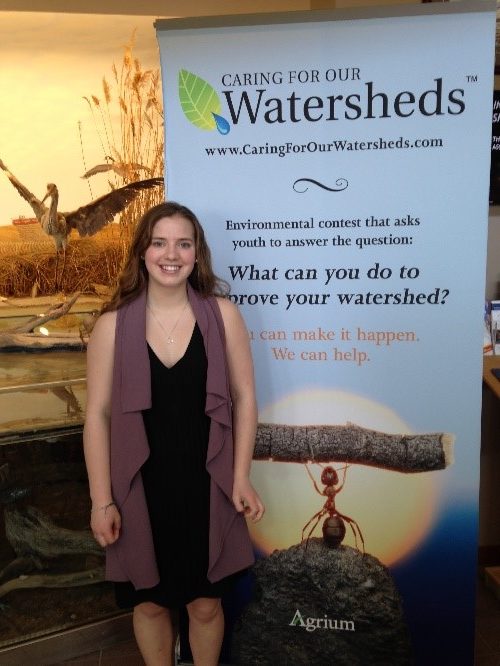 2019, Carman, Manitoba, Canada
2019, Carman, Manitoba, Canada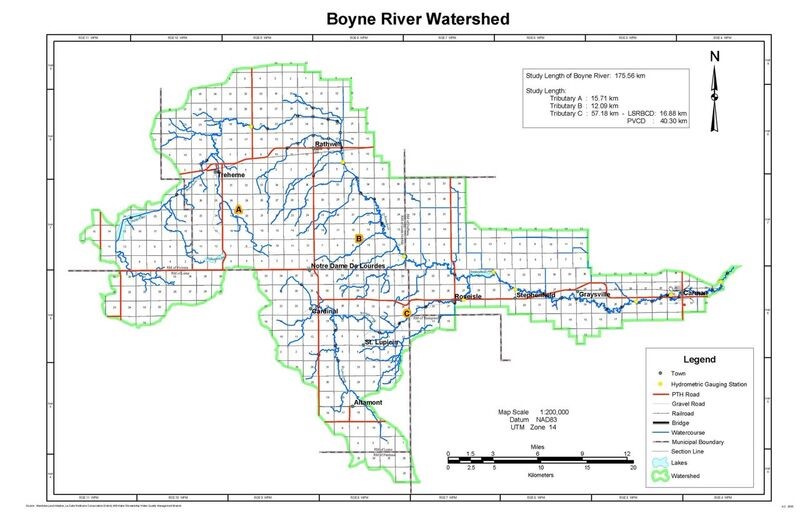 “In the end, helping someone understand how they can positively affect the environment is a challenge, but can have personal, as well as global impacts. I believe teaching the young students will promote a lifestyle that contributes to a healthy environment, since they are the future.”
“In the end, helping someone understand how they can positively affect the environment is a challenge, but can have personal, as well as global impacts. I believe teaching the young students will promote a lifestyle that contributes to a healthy environment, since they are the future.”